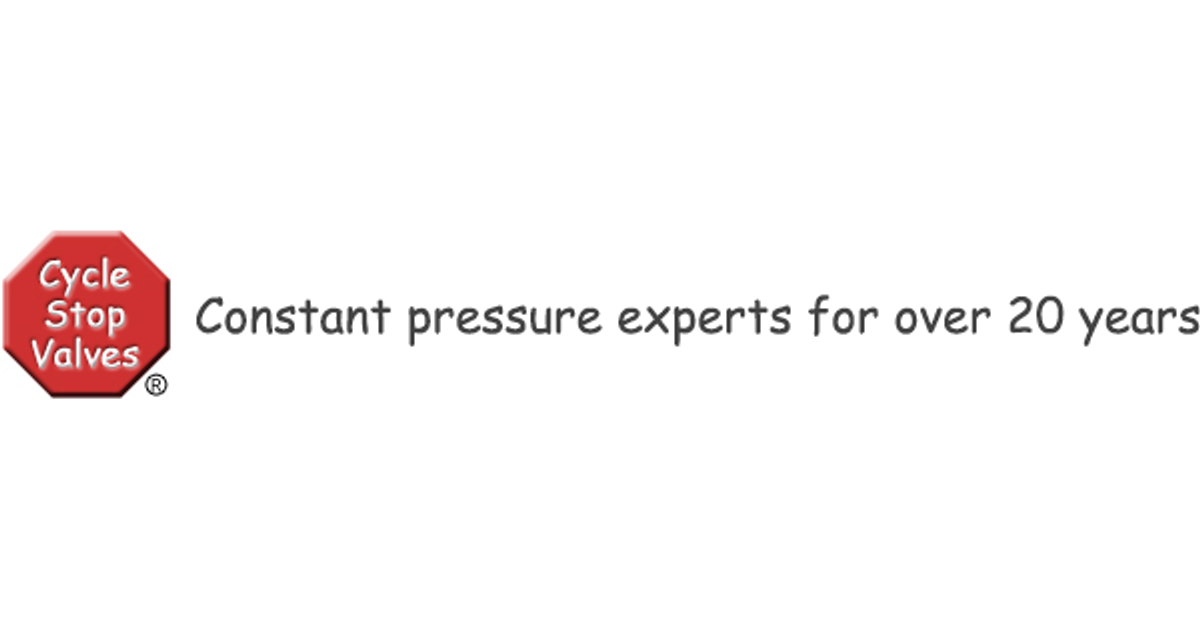Maine Homestead
New Member
We are in the midst of building a house in mid-coast Maine and are wondering where the best place might be to put the pressure tank for the well. We've thought about putting it outside in a well house. I'm wondering if anyone has had success with building an insulated well house in a cold climate? My other idea is to put a horizontal pressure tank in a corner under the kitchen counter, also not ideal, but with the house being on a slab and having an open floor plan, our options are fairly limited. Putting the tank under the cabinets obviously poses an access issue but the counter could be designed in a way to accommodate for it. Any advice here is appreciated!

